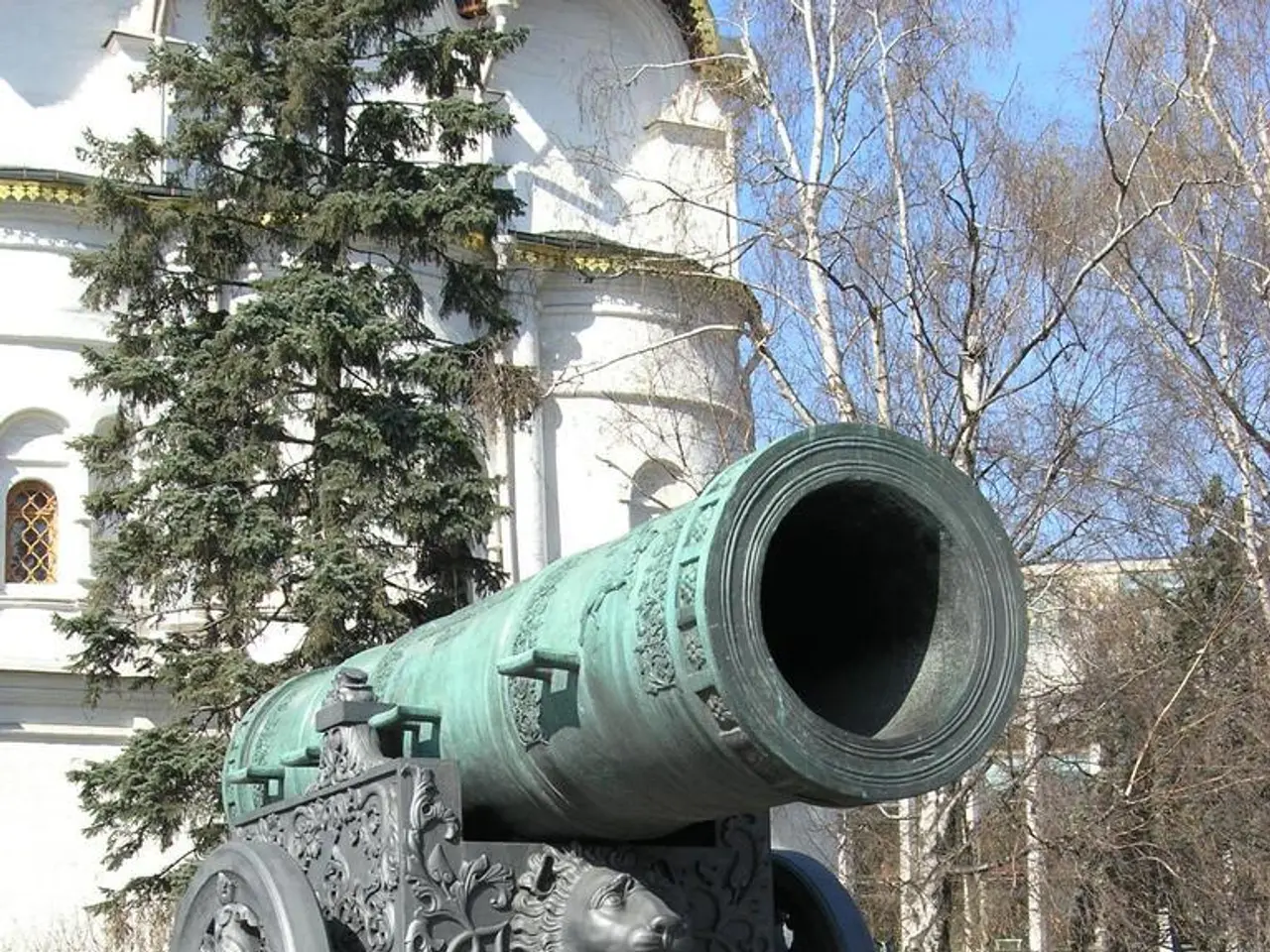Meeting Between Putin and Trump in Alaska: Topics Extend Beyond Ukraine
The much-anticipated meeting between President Donald Trump and Vladimir Putin, scheduled to take place in Alaska on Friday, has raised eyebrows across the globe. The summit, focusing primarily on the ongoing Russo-Ukrainian War, ended without a formal agreement, leaving many questioning the future of Ukraine's territorial integrity.
Trump indicated a desire for a framework that might involve a ceasefire and minor land swaps, where Ukraine would retain sovereignty over most of its territory but not recover the roughly 20% of land currently occupied by Russia. In this proposed scenario, NATO would limit its military presence in Ukraine, and economic sanctions on Russia could be eased incrementally. Ukraine's sovereignty and self-defense rights would still be recognised, including its right to align with the EU.
However, concerns have been raised that Trump might endorse a "flawed deal" that would push Ukraine into an untenable position without the backing of Ukraine or NATO. Such a scenario could lead to Ukraine rejecting the deal, the US withdrawing support, damaging transatlantic relations, and strengthening Putin’s influence over Ukraine.
European leaders have expressed feelings of marginalisation, as neither Ukraine nor their allies were represented at the talks. Trump's stance suggested that Ukraine and Europe should themselves reach a settlement with Russia, potentially reducing US and NATO commitment. Putin used the summit to promote his narrative that Ukraine's Western integration undermined Russian influence and justified his war aims. Trump appeared sympathetic to this view and hinted at delaying further sanctions against Russia.
These shifts could weaken European security architecture, leaving European countries more vulnerable as US leverage wanes. The summit enhanced perceptions that future peace negotiations might pressure Ukraine to make territorial concessions, possibly undermining European unity and resistance to Russian aggression.
President Volodymyr Zelensky has unequivocally stated that neither territorial concessions nor a freeze of the conflict are acceptable, as both would only lead to a larger war later on. Russia remains committed to its war aims in Ukraine, including permanent control over annexed regions, international recognition of these territorial gains, a military-neutral or non-aligned status for Ukraine, and a reduction in Western military presence.
The summit in Alaska is seen by Moscow as a potential major geopolitical reset between the two nuclear powers, similar to Yalta but with a broader global agenda. Arms control issues, large-scale joint economic projects, including energy issues in the Arctic and rare earths, and the technology sector are potential topics of negotiation between Putin and Trump. However, the last major bilateral arms control treaty, "New START," is set to expire in early February 2026, and negotiations on a successor treaty have shown no momentum.
In conclusion, the 2025 Alaska summit underscored ongoing tensions and divergent visions for Ukraine’s future. While it did not produce a ceasefire or agreement, it signaled a possible US pivot toward diplomacy favoring some accommodation with Russia. This could complicate Europe’s security and Ukraine's sovereignty, depending on follow-up negotiations involving NATO and Kyiv.
Read also:
- Court petitions to reverse established decision on same-sex marriage legalization
- Trump's enforcement actions in Washington D.C.: Insights from the political arena
- Chinese Ambassador issues stern message to India regarding Trump's tariffs in midst of escalating trade feuds
- Aircraft collides with another one on the runway during landing at Montana airport, igniting flames







